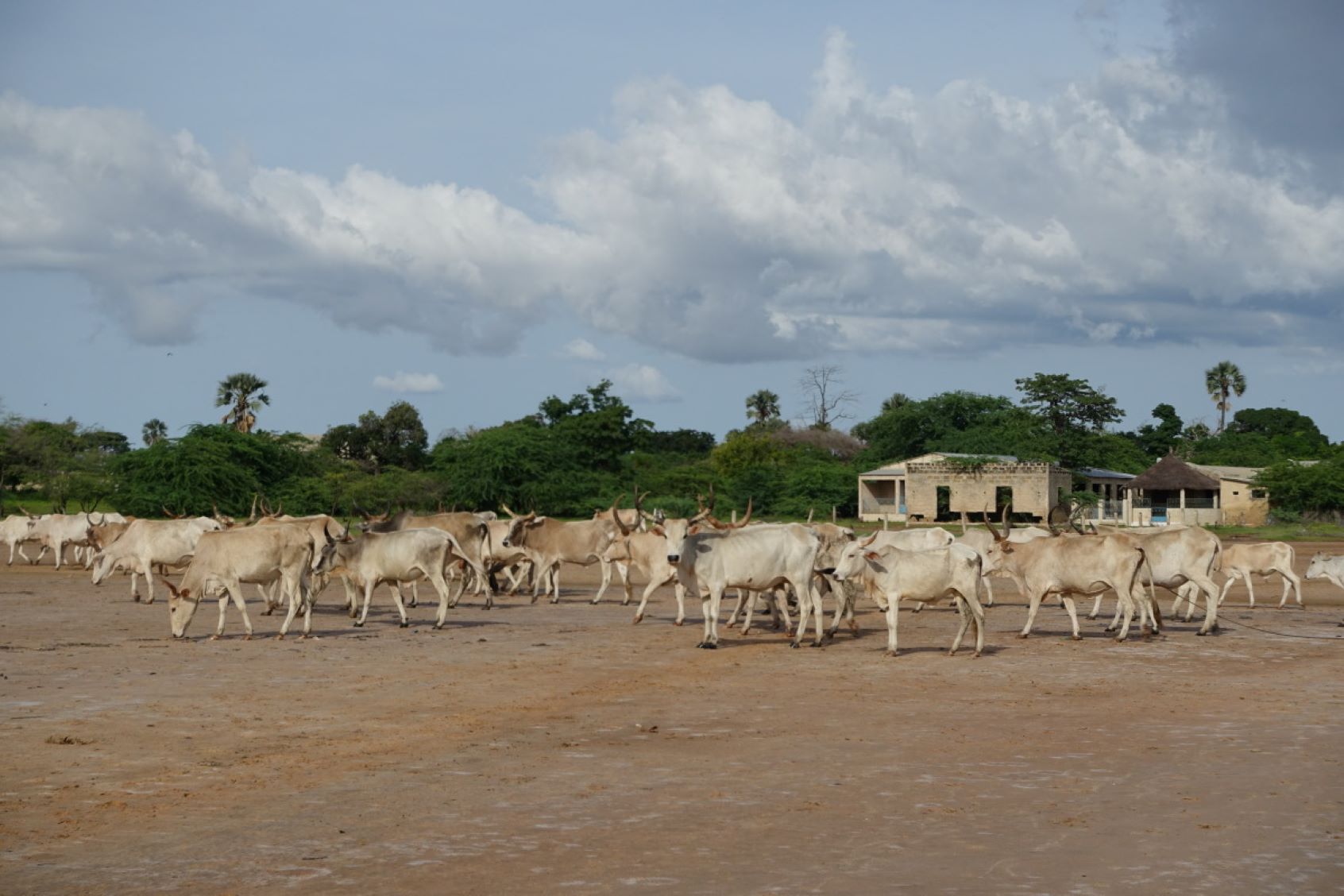How quality conventions shape the governance of the dairy value chains of Senegal
DOI:
https://doi.org/10.19182/remvt.37220Keywords
Milk, value chain governance, quality labels, conventions, dairy industry, SenegalAbstract
Background: Over the past few decades, the Senegalese dairy sector has undergone a rapid transformation. Urbanization and shifts in urban consumers’ eating habits have contributed to increased demand for dairy products and the emergence of new quality requirements. Aim: This paper examines how quality conventions influence the governance of dairy value chains in Senegal. We argue that value chain governance is not only determined by transaction characteristics, but also by how “lead firms” incorporate different quality conventions and translate these into value chain governance mechanisms. Methods: Through semi-structured interviews with consumer groups and stakeholders in the dairy value chain (producers, importers, processors, and retailers), we collected information on consumers’ selection criteria for dairy products and processors’ quality strategies, as well as on coordination mechanisms, contracts, and power relations within the value chain. Results: Our results show that the way lead firms normalize consumer expectations leads to specific organizational mechanisms in buyer-supplier relationships. Some combinations of quality strategies and governance mechanisms are better suited to fostering the sustainability of the local milk value chain in terms of social and economic development. Processors building viable relations with local milk producers are in particular ensuring the sustainability of the value chain, since they are able to cater to consumer preferences for fair and local milk-based products, while offering the guarantee of food safety processes. Conclusions: Our study highlights the indirect power that downstream actors (consumers) have on upstream actors (producers) via strategies (normalization) implemented by actors operating in an intermediate segment of the chain (processors). In other words, it shows that consumers, through their purchasing preferences, are playing a key role in the development of the local livestock sector.
Downloads

Downloads
-
Abstract1021
-
pdf659
Received
Accepted
Published
How to Cite
License
© S.Ferrari et al., hosted by CIRAD 2024

This work is licensed under a Creative Commons Attribution 4.0 International License.
Funding data
-
Danish International Development Agency
Grant numbers "Milky Way for Development" project





